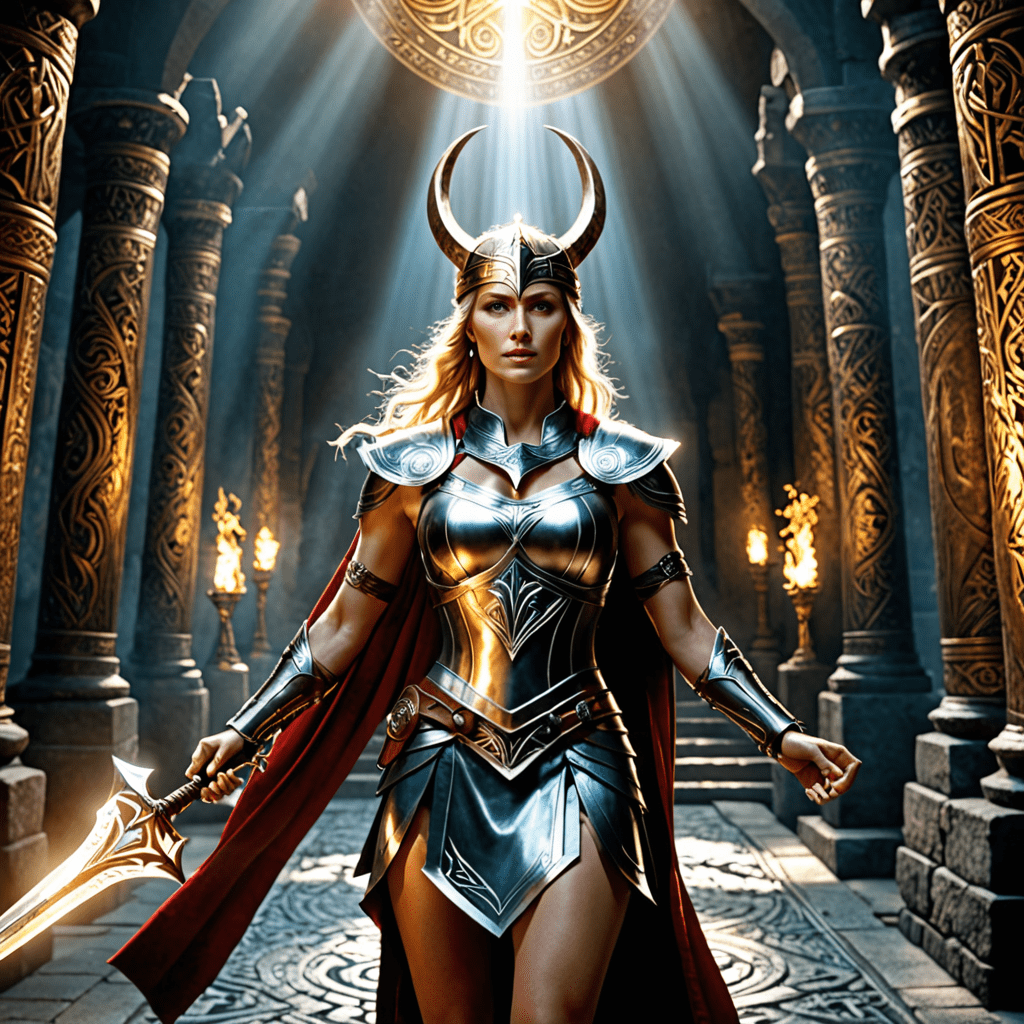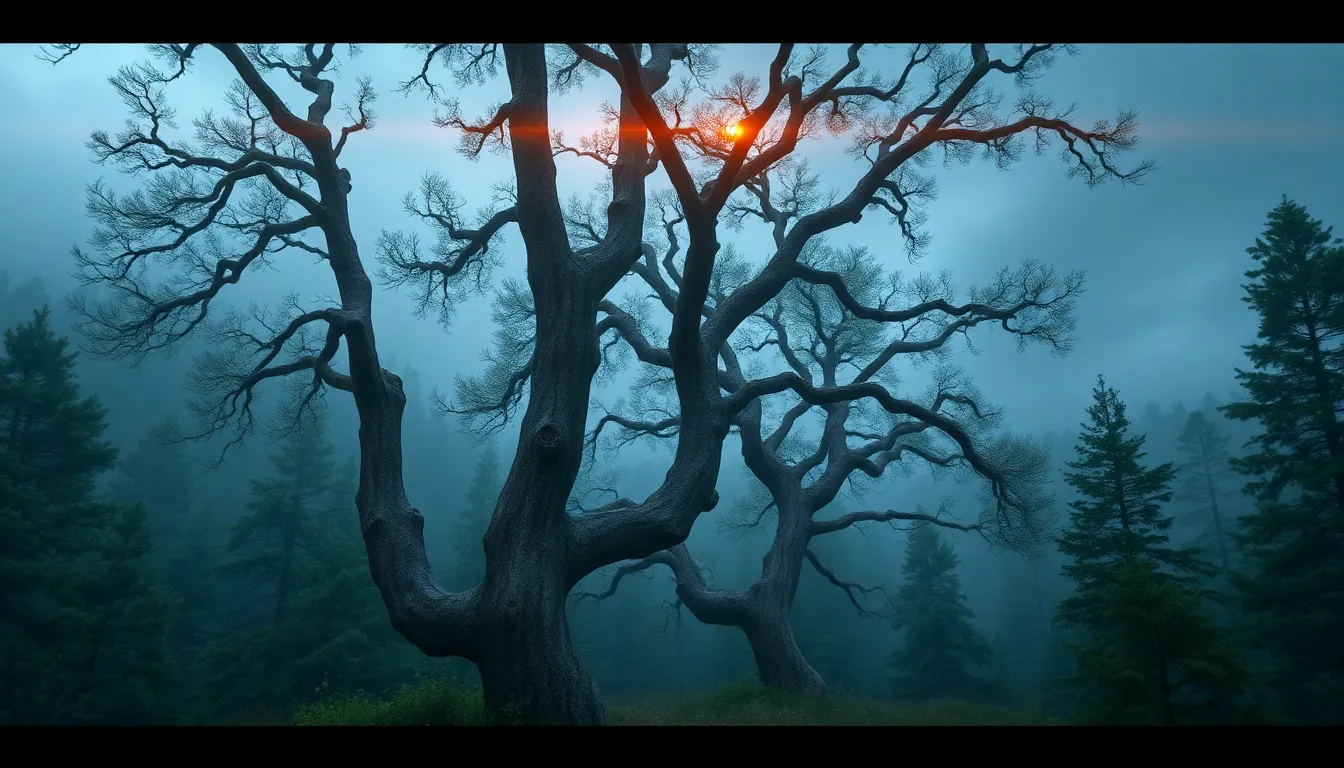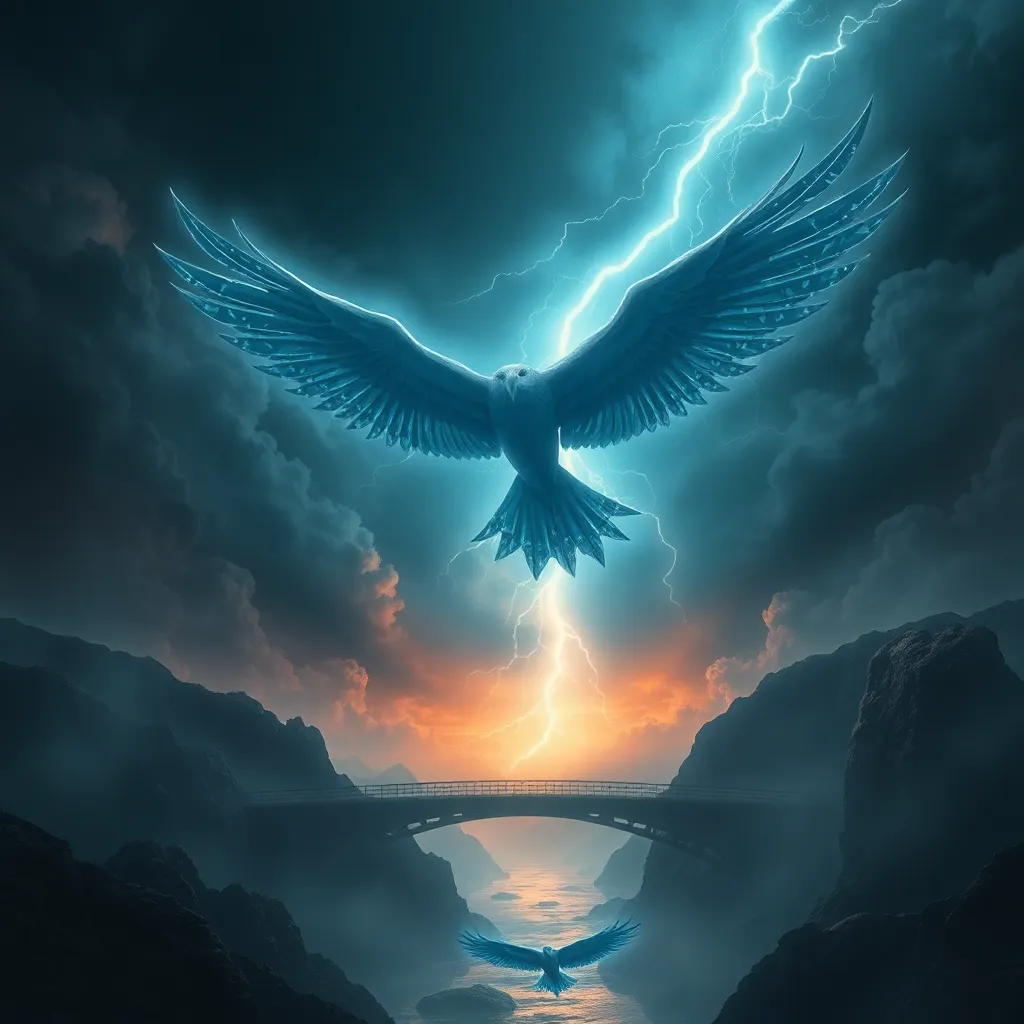The Symbolism of Light and Shadow in Norse Mythology
Understanding Light and Shadow in Norse Mythology
In Norse mythology, the concepts of light and shadow hold deep symbolic significance. Light, represented by the god Baldr, signifies purity, enlightenment, and order. In contrast, shadows, associated with figures like Loki and the realm of Jotunheim, represent chaos, mystery, and the unknown.
The Role of Light in Norse Mythology
Light plays a crucial role in Norse mythology as it represents goodness, truth, and protection. The god Baldr, often called the shining god, embodies the essence of light and is beloved for his beauty and innocence. His presence signifies hope and the triumph of righteousness over darkness.
The Significance of Shadows in Norse Mythology
Shadows, on the other hand, symbolize the hidden aspects of existence, the realm of the subconscious, and the unpredictability of life. Characters like Loki, the trickster god, dwell in the shadowy realms, representing deception and disruption. The giants of Jotunheim, living in the shadowy lands beyond Asgard, embody chaos and confrontation with the natural order.
Balancing Light and Shadow
In Norse mythology, the interplay between light and shadow underscores the dualities of existence. While light brings clarity and wisdom, shadows offer depth and introspection. The harmonious balance between these forces reflects the intricate tapestry of life, where both light and shadow are essential for growth and transformation.
FAQ: The Symbolism of Light and Shadow in Norse Mythology
What is the significance of light in Norse mythology?
In Norse mythology, light represents purity, knowledge, and enlightenment. It is often associated with gods such as Baldr, who embodies light, beauty, and goodness.
How is shadow symbolism portrayed in Norse mythology?
Shadows in Norse mythology symbolize the unknown, mystery, and the darker aspects of existence. They are linked to figures like Loki, representing chaos and unpredictability.
What do the concepts of light and shadow reveal about Norse beliefs?
The interplay of light and shadow in Norse mythology reflects the balance of opposing forces in the universe. Light symbolizes order and clarity, while shadow represents disorder and uncertainty, illustrating the duality of existence.



